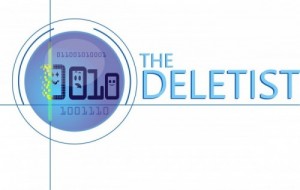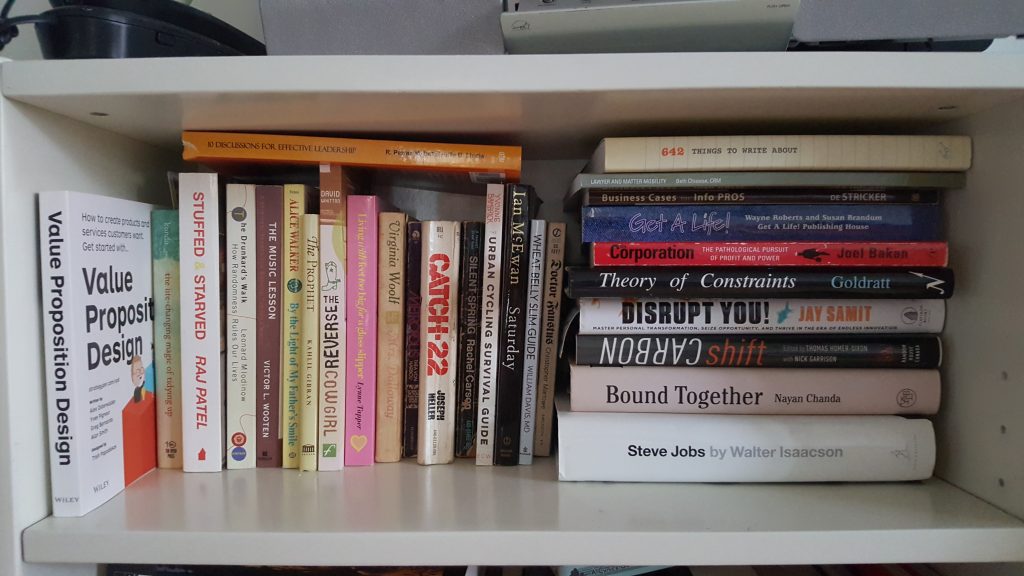Last weekend my neighborhood was in a state of jubilant chaos to celebrate Pride. Friday evening I hopped into a cab to take what is normally a 15 minute ride to my friend’s place. She literally lives down the street from me. OK, it’s two miles (about 3.5 km) away, but it’s off the same street. The ride took over 45 minutes, longer than it would have taken me to walk. If I hadn’t had so much to carry, I definitely would have.
The main problem was that the cab driver relied on his smartphone to direct him. However, the map app he was using didn’t take the Pride festivities into consideration. Consequently, none of the major street closures related to the events were showing up. Even worse, the map app couldn’t readjust itself to the new route we were taking and kept bleating out useless commands to get us back on the original path. It was maddening. I hate “When Smartphones Make Us Dumb.”
I rarely drive in the city and it didn’t occur to me to check. But honestly, I expected better from the driver. And I expected him to use a better map app to get around. It’s fortunate I used Uber so the price was set for the loooong ride.
We’re so overly reliant on technology to do the thinking for us, that we fail to use even common sense sometimes to make things easier for ourselves. Last weekend’s driving fiasco is a classic example. Our public transit system is so deficient, that I always check the transit website if I need to use it on weekends. I also follow their Twitter account for updates. Point is, I don’t rely on Google maps to give me a complete picture. There’s an element of human intelligence required to get around the city. To think fast and readjust.
It’s common to hear about and interact with new technologies in our daily lives such as artificial intelligence, smart appliances, and digital assistants (e.g., Alexa, Google Home, etc.). They’re becoming so integrated with everything that it’s easy to overlook the fact that they were created by human intelligence. It’s not magic.
My father was fond of saying that the only thing you ever really own is what’s inside your brain.
Today’s advice, disconnect to connect. Turn your device off. Exercise your brain by learning something new, like getting around without Google maps.


